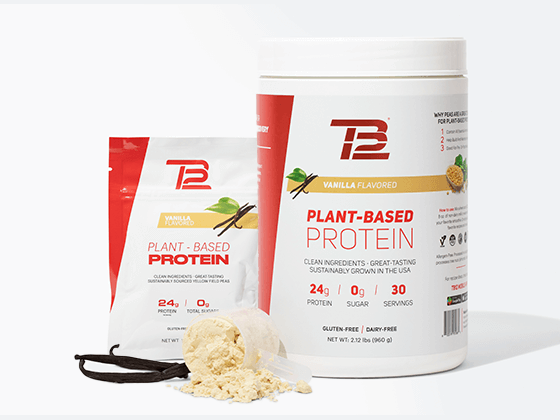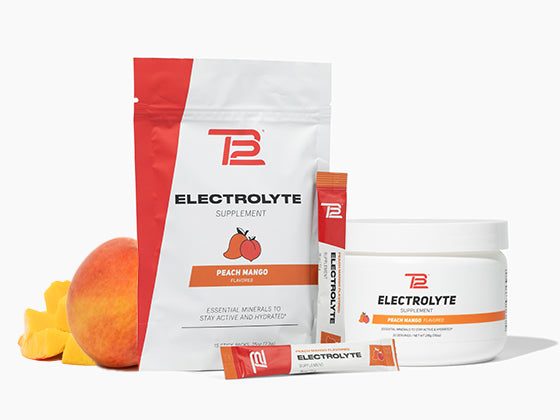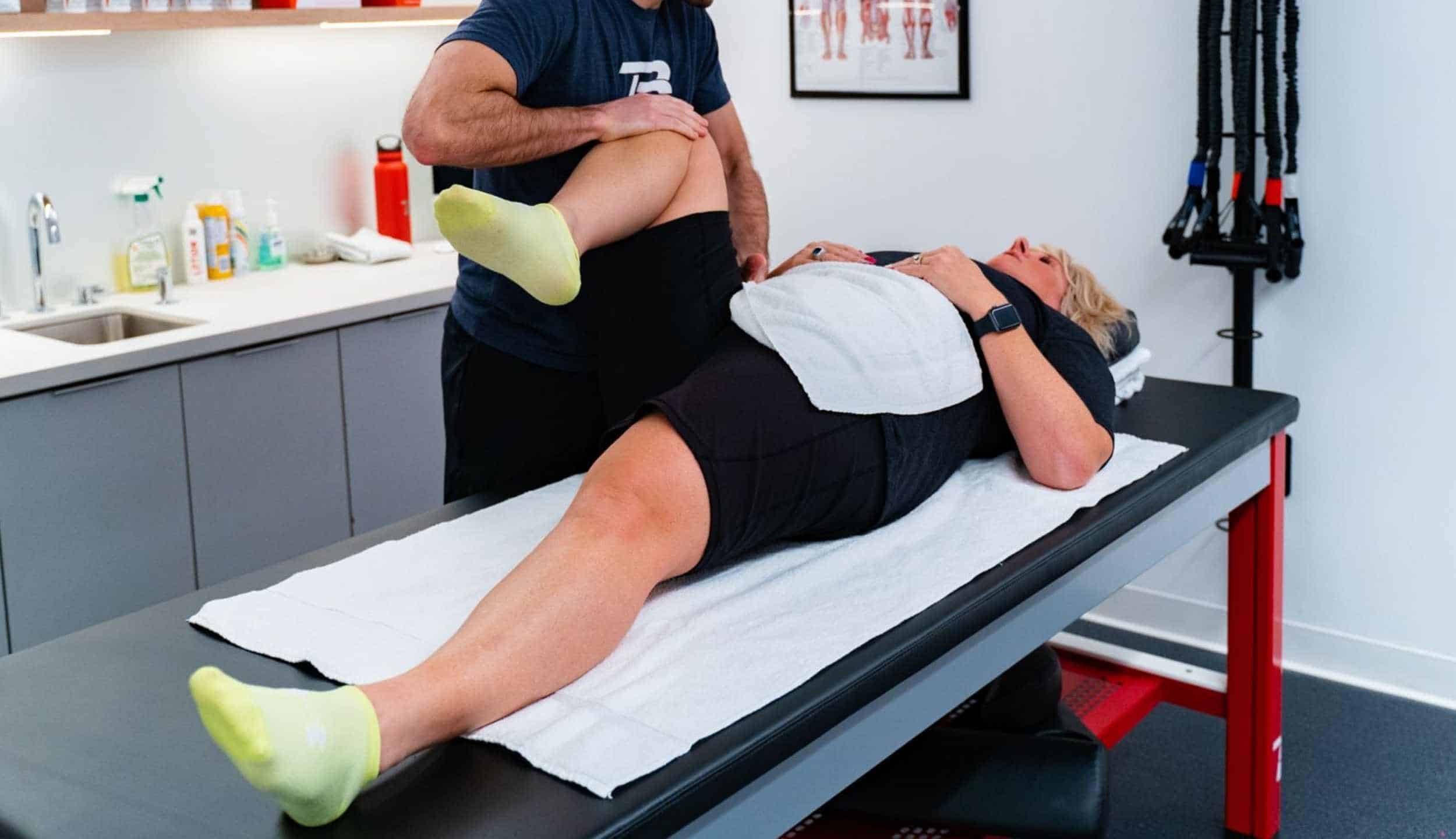If you’ve ever bumped your head on something, congratulations: you already have a basic understanding of inflammation. The swelling, warming, and redness that follows this kind of blunt impact is part of an important mechanism that repairs the body and protects it from infection. It’s usually a good thing. However, with the wrong lifestyle choices, inflammation can take on a sneakier form that actually hurts you. Read on to learn about the dark side of inflammation, how it can affect you, and how you can make simple changes to stop it in its tracks.
CHRONIC AND ACUTE INFLAMMATION — WHAT’S THE DIFFERENCE?
Inflammation, generally speaking, is your body’s way of protecting against invaders. Normally, inflammation happens when there’s a foreign substance in your body like a germ. Your blood flow increases at the problem site, white blood cells gather to absorb and destroy the unwelcome particles, and your tissues swell up until the threat is gone. This type of inflammation is short-term and usually has an identifiable cause, so it’s called acute inflammation.
Inflammation can also occur without any foreign particles present. It has been associated with spikes in blood sugar, psychological stress, low social status, and even a low sense of purpose in life. If inflammation occurs over a long period of time, it’s called called chronic inflammation (from the Greek khronos, meaning time). While acute inflammation helps your body to get rid of microscopic threats, chronic inflammation is linked to many health problems:
- insulin resistance (which causes spikes in blood sugar)
- clogged arteries (also known as atherosclerosis)
- breakdown of the nervous system
- tumor growth
- obesity
- heart disease
This sounds scary, but we’re not here to scare you. Research shows that you can control your inflammation levels by changing your lifestyle. Specifically, you can protect yourself against low-grade chronic inflammation by exercising and eating the right foods.

REGULAR EXERCISE PROTECTS THE BODY FROM CHRONIC INFLAMMATION
One way to reduce inflammation is to exercise, pure and simple. In fact, not exercising triggers inflammation, while exercising suppresses it.
When you don’t exercise, the obvious consequence is that you accumulate fat. Some of this fat accumulates on the outside, and this is the fat people tend to care about the most. But more importantly, fat accumulates in between your internal organs. This is called visceral fat. When your body accumulates visceral fat, it starts to trigger an inflammatory response. Down the road, this leads to disease.
When you do exercise, two things happen. First, your body burns some of its visceral fat, which decreases your risk of certain diseases. Secondly, exercise triggers a body-wide anti-inflammatory response — in other words, it suppresses your entire immune system. While at an extreme level, this can make you more susceptible to things like the common cold, at a moderate level exercise brings the best of both worlds: reduced overall risk of infection and reduced inflammation.
HYDRATION AND CHRONIC INFLAMMATION
According to research published in Kidney and Blood Pressure Research, dehydration may trigger a complicated chain reaction. First, low water intake tells your brain to make more of a hormone called vasopressin, which in turn tells your kidneys to release less water in urine. (You are dehydrated, after all, and you need to retain as much water as possible.) At the same time, dehydration also makes your body produce more of a molecule called NFAT5, which affects gene expression. The vasopressin tells your kidneys to produce more glucocorticoids — hormones that aid in metabolism — and these glucocorticoids then join forces with NFAT5 to ramp up your body’s production of a protein called SGK1. SGK1, in turn, helps get your body inflamed.

To fight inflammation, Tom Brady sticks to a few simple rules. First, drink half your weight in ounces of water every day. This means that if you weigh 200 pounds, you should be drinking 100 ounces of water every day. It might sound like a lot, but it’s really just three full 32 oz bottles of water.
Brady’s second rule is to cut down on dehydrating drinks. Yes, they exist, and they’re quite common. For example, alcohol tells your kidneys to produce more urine than usual, which means there’s more liquid than usual leaving your body. Naturally, this dries you out. This is called a diuretic effect. Alcohol’s diuretic effect is strong, and caffeinated drinks like coffee and tea have a more mild effect. Drinking too much of either can lead to dehydration and inflammation.
NUTRITION AND CHRONIC INFLAMMATION
Research presents strong evidence that what you eat has a huge effect on your body’s inflammation levels. To control your body’s inflammation levels through your diet, the most important thing you can do is cut out pro-inflammatory foods and add in anti-inflammatory foods.
What does this mean? It means cutting out refined carbohydrates (white bread, chips, and foods with added sugar) and foods that contain any amount of trans fats. (Read the labels.) It also means bulking up your meals with a large amount of fruits, vegetables, and whole grains, all of which have been shown to reduce the risk of inflammation
As a guideline, we recommend setting aside 80 percent of each meal strictly for fruits and vegetables, with the remaining 20 percent for a lean protein.
PLIABILITY AND INFLAMMATION
First off, the best thing you can do to promote a pliable state in your muscles is to optimize your lifestyle. This means reducing chronic inflammation through what you eat and drink, ensuring you have enough nutrients and calories during the day to power your activity (see how Tom Brady eats to fuel his workouts), and keeping your electrolyte levels at normal levels (in particular, replenishing them after exercise).
Consistent pliability work helps to relax the muscles you target – especially after exercise – and this kind of stimulation can reduce the buildup of inflammation in these muscle groups. Reducing the inflammation in your body through the healthy lifestyle choices you make every day, as well as through regular pliability work, is a key piece of developing and maintaining a lifestyle centered around pliability.





